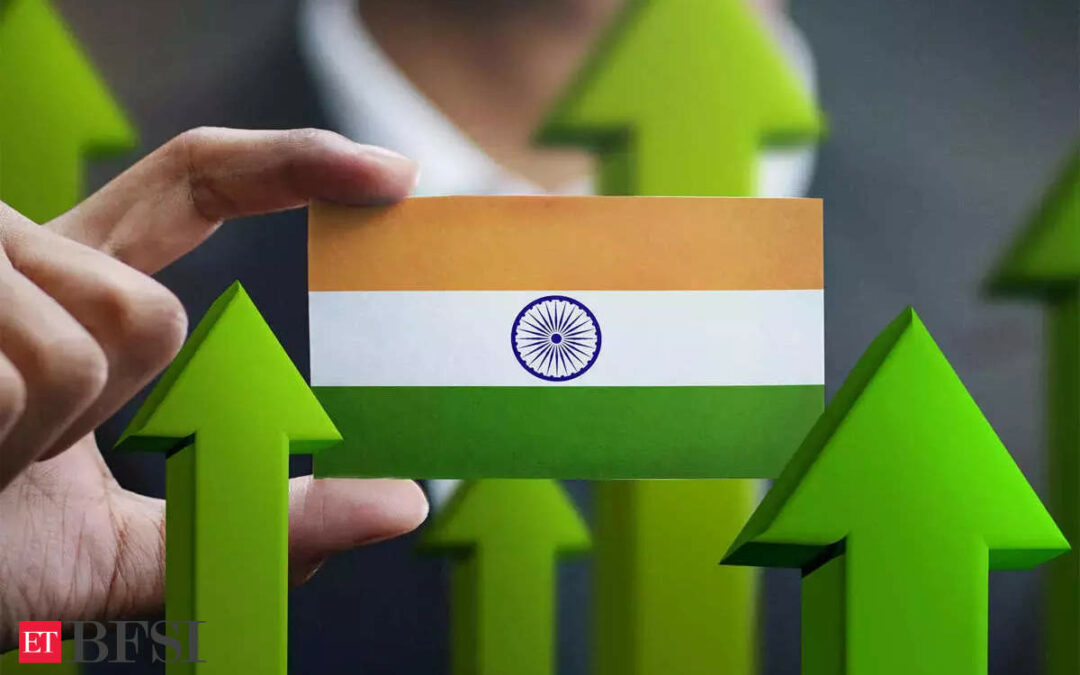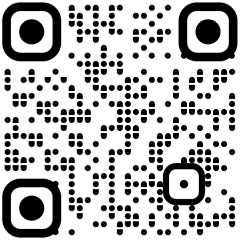New Delhi: India’s economy is expected to grow at 7-7.2 per cent in the current fiscal year driven by robust economic fundamentals and continuity in domestic policy reforms, Deloitte India said on Monday.
The August update of Deloitte’s India Economic Outlook said several initiatives in the Union Budget 2024-25 toward improving agriculture productivity, creating jobs for the youth, and in manufacturing and addressing the challenge of access to finance for micro, small, and medium enterprises (MSMEs), would help improve supply-side demand, curb inflation, and prop up consumer spending, especially in rural areas.
Deloitte India Economist Rumki Majumdar said, India will witness robust growth in the second half after a period of uncertainty in the first six months of the year.
“Key contributing factors include the continuity in domestic policy reforms, reduced uncertainties in the US post-elections, and more synchronous global growth within a low inflation regime.
“Additionally, improved global liquidity conditions, as central banks in the West ease their monetary policy stance, will enhance capital flows and drive higher investments, particularly in the private sector,” Majumdar said.
Observing that strong economic fundamentals would drive GDP growth between 7 per cent and 7.2 per cent in FY25, the Economic Outlook report said effectively addressing the urban-rural consumer spending gaps, inflation, and employment concerns can significantly enhance the affordability of aspirational rural consumers.
“The much-desirable policy pivot was evident in the Union Budget presented last month. Reducing the urban and rural spending gap in the coming years will ensure sustained consumer demand from a larger consumer base,” it added.
Deloitte India’s growth projection is at par with that of RBI, which projected FY’25 growth at 7.2 per cent. It is higher than Finance Ministry’s Economic Survey which estimated GDP expansion between 6.5-7 per cent.
The Indian economy grew at 8.2 per cent in 2023-24 fiscal year.
The report further said despite strong growth, private consumption spending has remained modest over the past five years. The pandemic, high global and domestic inflation, consequent tightening of financial conditions, and the effects of poor agriculture output on rural demand seem to have capped private consumption growth in India.
But a Deloitte research showed that India is witnessing distinct and broad-based shifts in consumption patterns. There is a broad-based shift in the composition of consumption towards more non-food and discretionary items, reflecting changing lifestyles and preferences that are here to stay.
According to the Household Consumption Expenditure Survey, spending on discretionary goods and services (including conveyance) has gone up both in rural and urban India, with the former quickly catching up in spending on discretionary durable goods (including automobiles, electric and electronic goods) with the latter in just one decade.
“Demand for processed food has been among the highest in most states, suggesting a shift towards ready-to-eat options. Rapid urbanization, increasing women’s participation in the workforce, and enhanced marketing and availability are driving these changing dietary habits,” the report said.
According to Deloitte research, if increasing income in states results in a relatively equitable distribution and higher rural spending, businesses can tap into a larger proportion of the state’s population that resides in rural areas. This gives businesses access to a large consumer base and a sustainable consumer spending demand, as compared to states with a widening gap.











